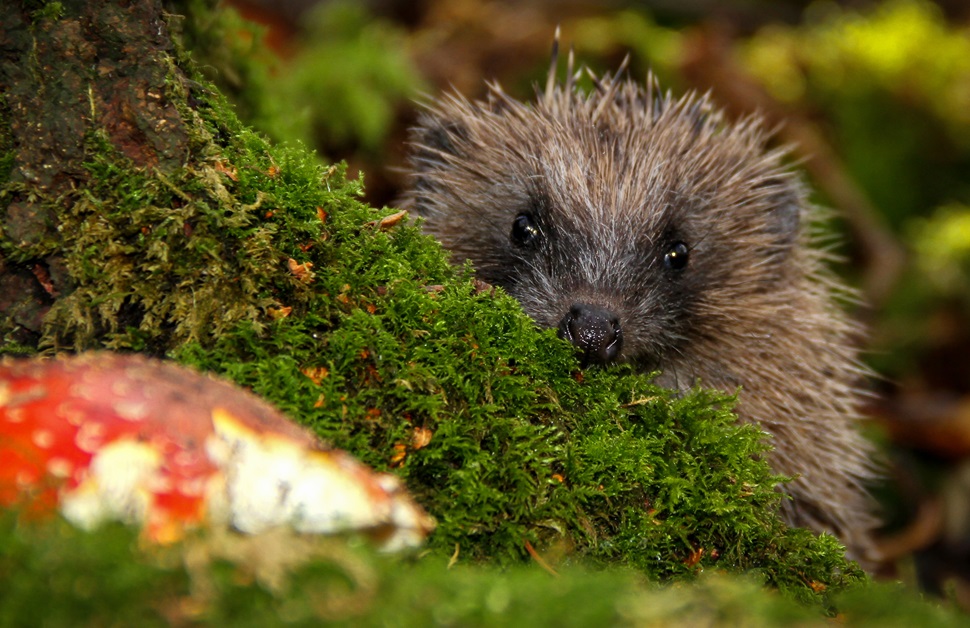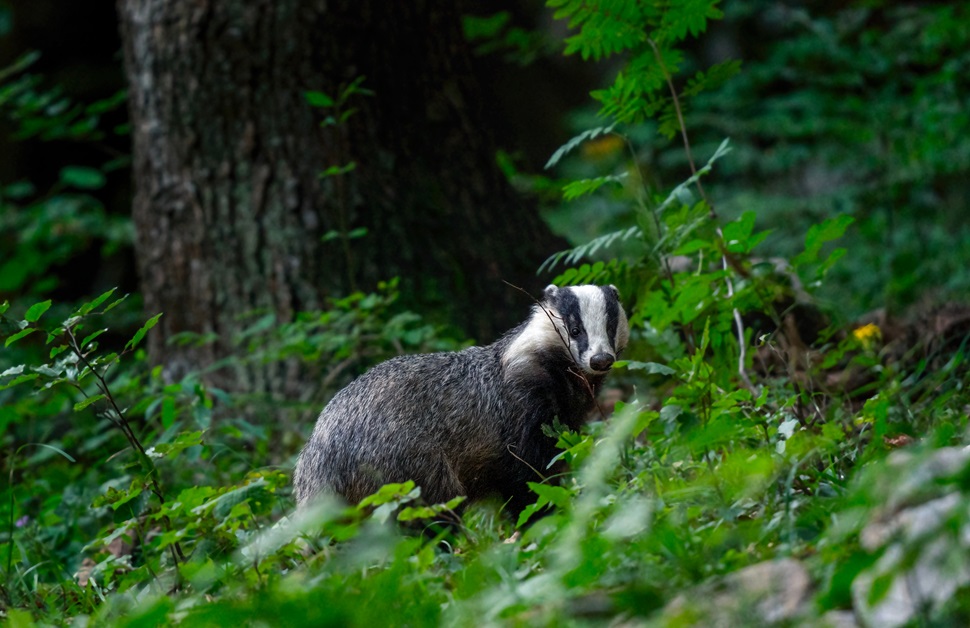
Habitats of Protected Species on Development Sites
Developers up and down the country need to make sure that their plans don’t impede the usual activity of present protected species, damage valuable habitats, break UK laws or in any way disturb the planning project. It is possible for overlap to occur between a development and any native ecological assets in a variety of ways, whether it involves the biodiversity net gain (BNG) mandate or the potential presence of a listed species of animal or plant.
As fully protected species can appear almost anywhere, establishing if one or more could play a role in your development is an important part of the early planning stage. A protected species can emerge during land or building developments, and due to this, it is advisable to tread carefully and eliminate any likelihood of breaching planning laws. Throughout this article, Arbtech attempts to clarify the likely habitat areas for each species.
Common Locations of Protected Species in the UK
All protected species are listed within the Wildlife and Countryside Act 1981, with further protection from other legislation, such as the Conservation of Habitats and Species Regulations 2017 and the Town and Country Planning Act 1990.
In the section below, we’ve listed species such as badgers, barn owls, bats, breeding birds, dormice, fish, great crested newts, invertebrates, natterjack toads, otters, protected plants, reptiles, water voles and white-clawed crayfish alongside the types of locations they are generally found in.
| Species | Locations |
|---|---|
| Badgers | – Grassland, Meadowland, Parkland or Pastureland – Heathland – Large Gardens in Rural or Suburban Areas – Scrubland, Woodland and Hedgerows |
| Barn Owls | – Traditional Timber-Framed Buildings |
| Bats | – Ancient or Veteran Trees – Caves – Cellars – Ice Houses – Grassland, Meadowland, Parkland or Pastureland – Old Mines – Large Gardens in Rural or Suburban Areas – Scrubland, Woodland and Hedgerows – Traditional Timber-Framed Buildings |
| Breeding Birds | – Ancient or Veteran Trees – Brownfield Sites or Rough Grassland – Coastal Habitats – Grassland, Meadowland, Parkland or Pastureland – Heathland – Large Gardens in Rural or Suburban Areas – Ponds or Slow-Flowing Bodies of Water – Scrubland, Woodland and Hedgerows – Traditional Timber-Framed Buildings |
| Dormice | – Ancient or Veteran Trees – Heathland – Scrubland, Woodland and Hedgerows |
| Fish | – Coastal Habitats – Lakes, Rivers and Streams – Ponds or Slow-Flowing Bodies of Water |
| Great Crested Newts | – Grassland, Meadowland, Parkland or Pastureland – Large Gardens in Rural or Suburban Areas – Ponds or Slow-Flowing Bodies of Water – Scrubland, Woodland and Hedgerows |
| Invertebrates | – Brownfield Sites or Rough Grassland – Coastal Habitats – Grassland, Meadowland, Parkland or Pastureland – Heathland – Ponds or Slow-Flowing Bodies of Water – Scrubland, Woodland and Hedgerows |
| Natterjack Toads | – Coastal Habitats – Heathland |
| Otters | – Coastal Habitats – Lakes, Rivers and Streams |
| Protected Plants | – Brownfield Sites or Rough Grassland – Grassland, Meadowland, Parkland or Pastureland – Heathland – Scrubland, Woodland and Hedgerows |
| Reptiles | – Brownfield Sites or Rough Grassland – Grassland, Meadowland, Parkland or Pastureland – Heathland – Large Gardens in Rural or Suburban Areas – Scrubland, Woodland and Hedgerows |
| Water Voles | – Lakes, Rivers and Streams – Ponds or Slow-Flowing Bodies of Water |
| White-Clawed Crayfish | – Lakes, Rivers and Streams – Ponds or Slow-Flowing Bodies of Water |
Unsurprisingly, bats are known to occupy the highest number of potential locations, making sense of why bat surveys are frequently utilised for all sorts of development projects.
Many protected species are limited by the climate and living conditions, with fish, great crested newts and white-clawed crayfish needing suitable bodies of water to survive.
Alternatively, however, bats can form roosts in natural and man-made structures, opening up opportunities for them to hinder projects in both urban and rural locations.

Arrange a Protected Species Survey
If you’ve suspected or proven that any of the categories of wildlife listed above are on your development site, you will need the support of an ecological consultant. It could be the case that you aren’t sure what natural assets are present on your site and you need another type of ecological survey such as a Preliminary Ecological Appraisal (PEA), or you may need other means of expert guidance to remain within the parameters of biodiversity net gain.
Whatever your circumstances, speak to Arbtech and our team will be able to put together a free quote for you based on the details of your site and project. A bonus to choosing us is that we are proficient in countless areas, and with the ability to help you with numerous issues relating to ecology, arboriculture and general planning, we can remain involved with your development plans right up until you are ready to submit an application for planning permission to your local planning authority.




